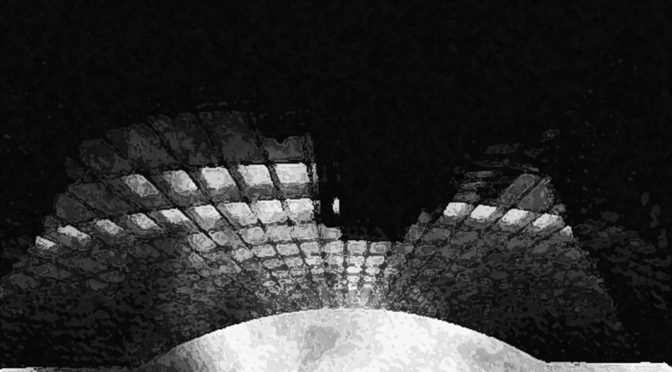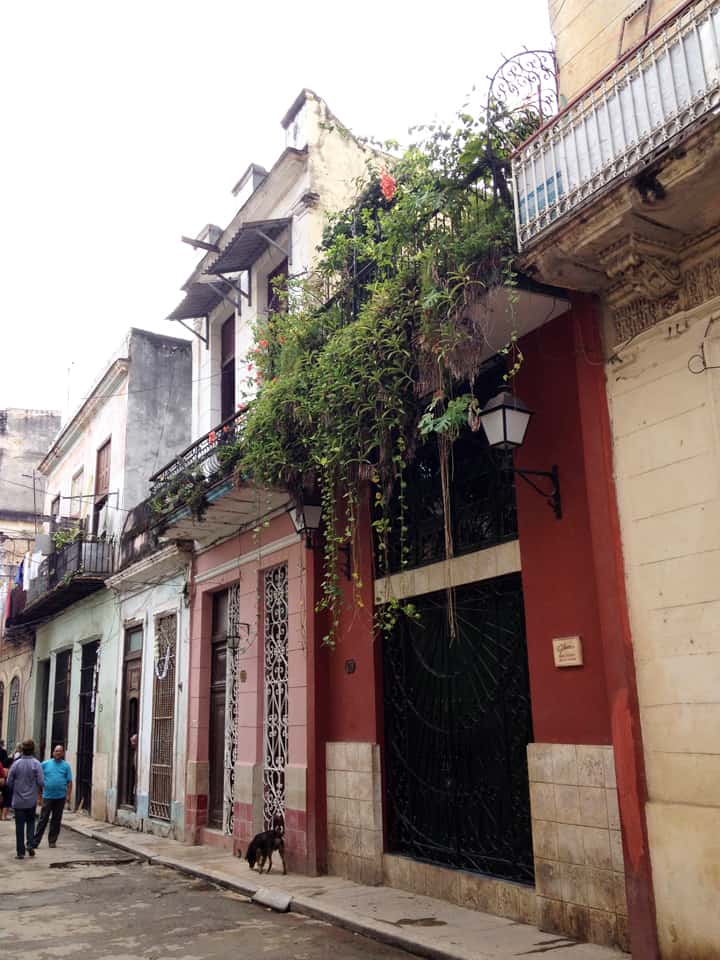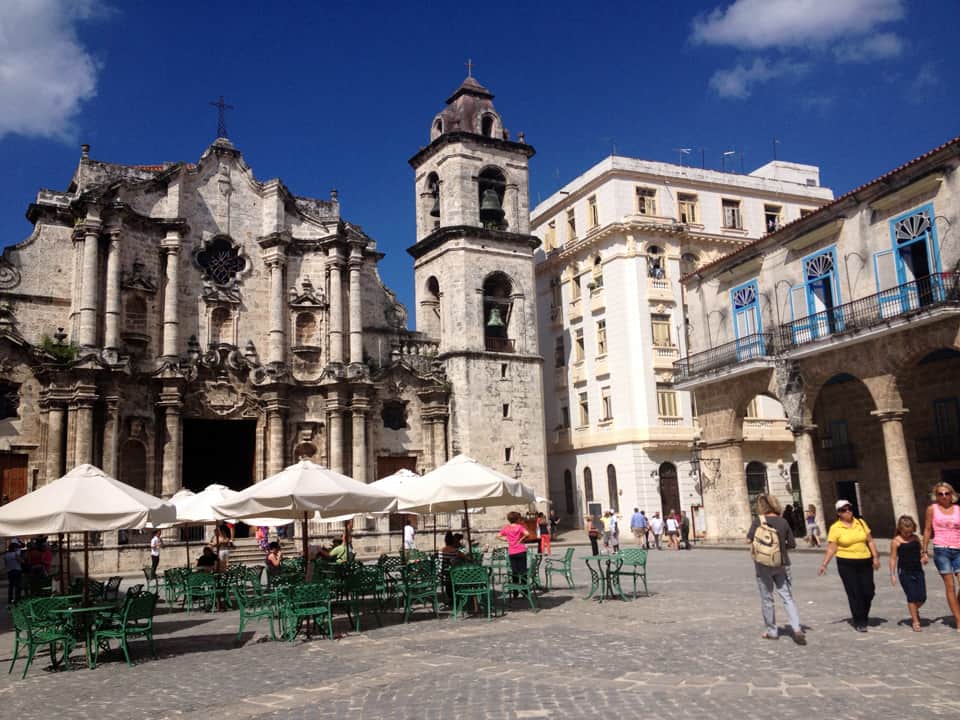On Space | The Urban Trinity
by Dr. Mark David Major, AICP, CNU-A
The spatial averts everything from a congruent state of existence, a simultaneous state of being, in a single place. The syntactic averts everything from bearing the same significance, a paradox of identical meanings denoting nothing. The functioning of the urban object embeds and bears its spatial logic. The spatial logic of the urban object has an explicit and expressive function. It is one and the same, in which we join with space and function in forming a Trinity of the Urbane. It is not holy nor unholy, neither sanctified not glorified; it merely is… However, its beingness can be soiled, colored scarlet, in the guises of human arrogance, hiding behind a mask of intellectual wisdom that bears no fruit, only thorns for the human condition. In our pursuit to grasp the fruit of the Tree of Knowledge, too often we forget to bask in the masonry garden surrounding us. In failing to observe and acknowledge the state of being in the here and now, we betray the elemental beingness of the city, the place, of the street, and the hearth. The urban object is made of parts and a whole; the parts amalgamate to compose and configure, to convey and reflect meaning, in the body of the whole. We cannot understand one without knowing the other. To attempt to do so is a fool’s errand.
Humanity has never lacked for an insufficient sum of jesters, offering cruel jokes in place of genuine wit, embodied within a wisdom that is nurtured and earned well. We are fools but we must arise above our nature. We are angels but we must inevitably fall to Earth. We exist in a linear state from birth to death. We move in a linear state from here to there and back again. We construct the world in our image and find that it, too, is linear, from where we have been to where we are going, from the needs of the present to the desires for tomorrow, better than it was, yet always lacking in what is to come. The stage is set and three actors stroll onto the stage, spouting dichotomies to an unsuspecting audience, seeking acceptance and, perhaps, even forgiveness. One proclaims, “The space of the city is neutral, without meaning nor consequence!” Another steps forward and shouts loudly, “The spatial experience of the city is only ever reflective of ourselves, so look within for real answers!” The last holds back and merely whispers, “The city is a machine for seeing, going, and being; knowable, understandable, and capable of qualification and quantification. Remember who you are, imagine what you might become, and quality shall emerge from the quantity of the thing itself.” The operation of the city has a spatial reasoning. The spatial reasoning of the city has a purpose. It is one and the same. We must pursue it. We must achieve it. We must nurture it. It is our city.
On Space is a regular series of philosophical posts from The Outlaw Urbanist. These short articles (usually about 500 words) are in draft form so ideas, suggestions, thoughts and constructive criticism are welcome.


























